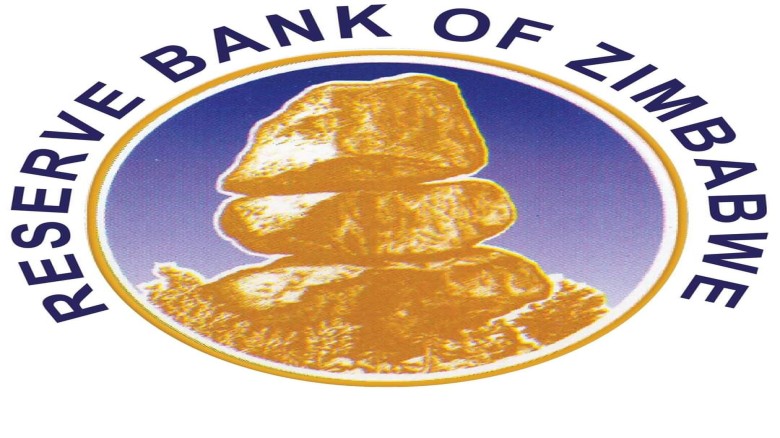Reserve Bank of Zimbabwe's Efforts to Curb Inflation
*Reserve Bank of Zimbabwe's Efforts to Curb Inflation*The Reserve Bank of Zimbabwe (RBZ) has been working to stabilize the economy amid rising inflation and exchange rate pressures. In September 2024, the RBZ's Monetary Policy Committee (MPC) raised the Bank Policy Rate from 20% to 35% to combat inflation, which had increased to 1.4% in August ¹. This move aimed to anchor inflation expectations and manage emerging exchange rate risks.
The MPC also increased statutory reserve requirements for demand and call deposits, both local and foreign, to 30%, up from 15% and 20%, respectively ¹. Reserve requirements for savings and time deposits were raised from 5% to 15%. To curb the outflow of foreign exchange, the maximum amount an individual can take out of the country was reduced from US$10,000 to US$2,000.
These measures were introduced after Zimbabwe's economy experienced a period of relative stability from April to mid-August 2024, with month-on-month inflation averaging -0.82% over three months However, the second half of August saw an escalation in exchange rate pressures, evidenced by a widening parallel market exchange rate premium and heightened inflation.
The RBZ's efforts to address inflationary pressures have been ongoing. In 2022, the central bank maintained the policy rate at 60% to fight against ravaging inflation More recently, Finance and Economic Development Minister Mthuli Ncube approached the RBZ to review the maximum cash withdrawal limit of RTGS$5,000 to a more meaningful amount in response to inflationary pressures




Leave A Comment